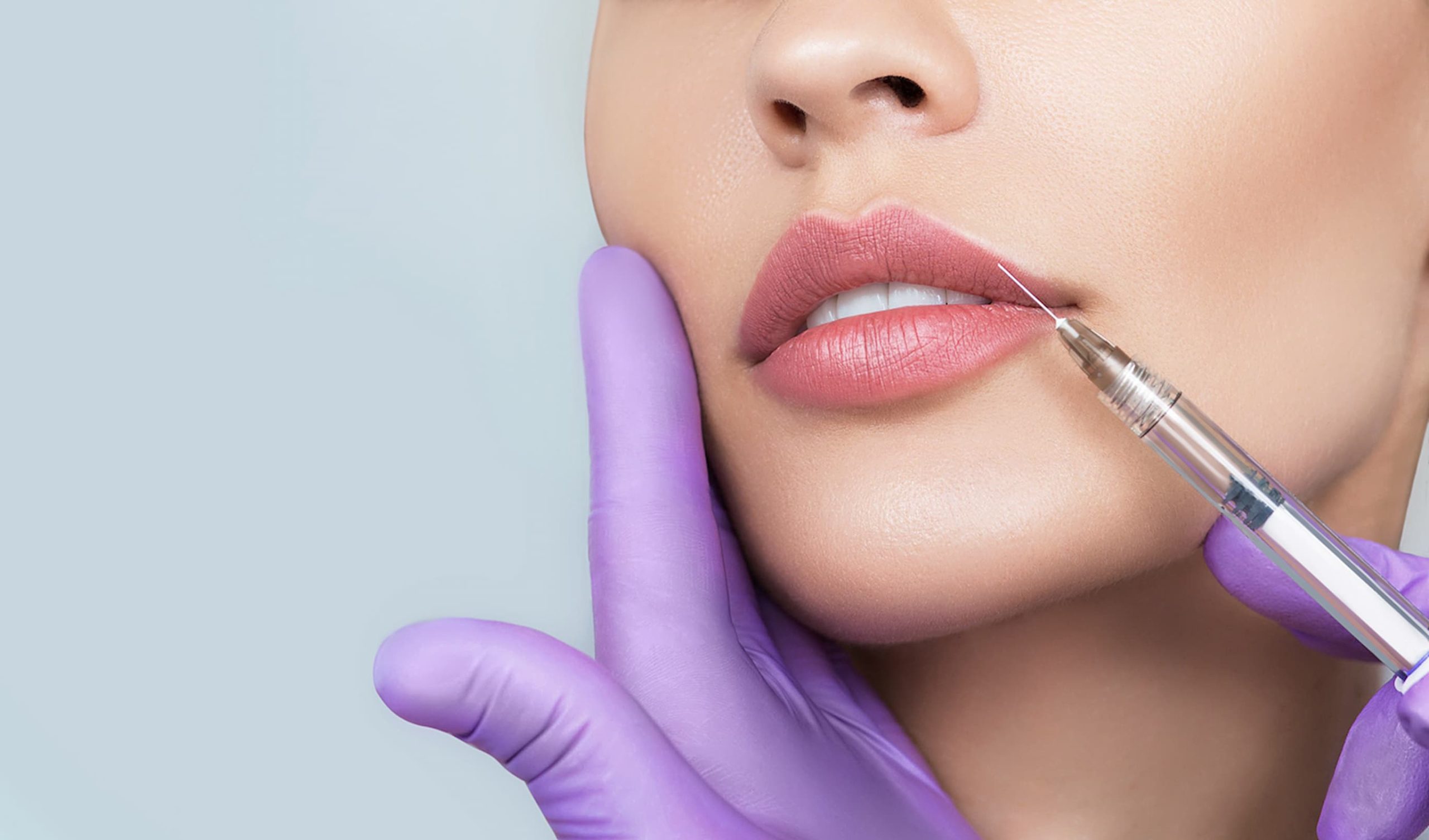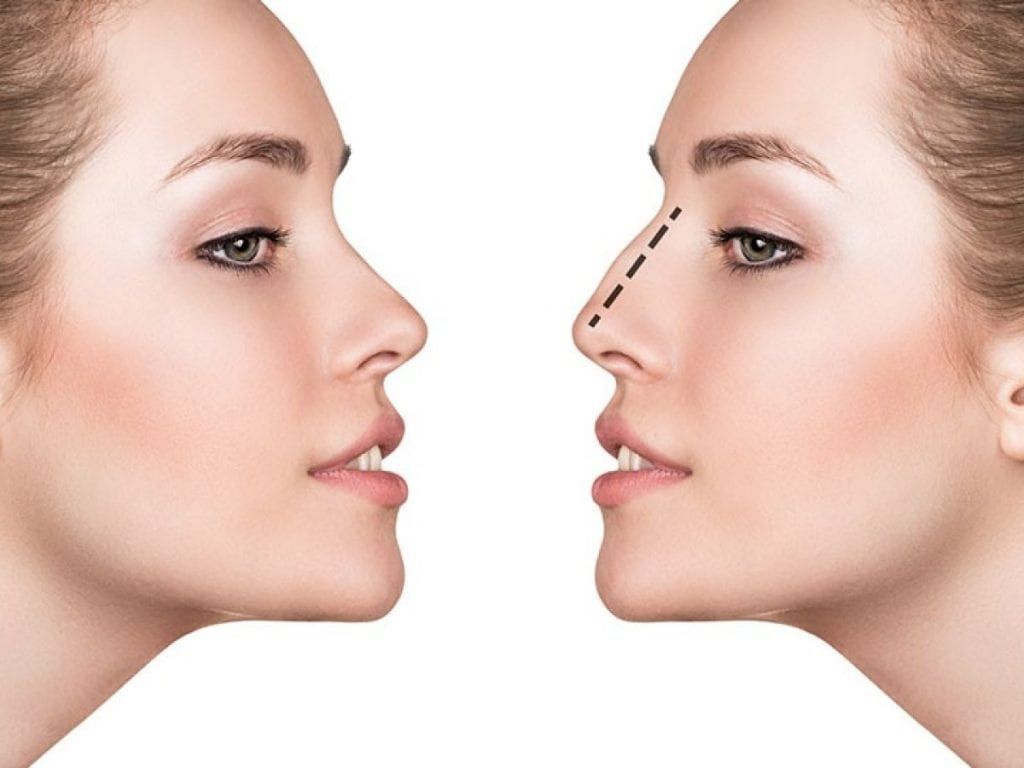Dermal fillers have become a go-to solution for restoring volume, smoothing wrinkles, and enhancing facial features without the need for surgery. If you’re considering Dermal Fillers in Islamabad, you may be wondering about the side effects — and more importantly, how to avoid them. While fillers are generally safe when administered by a qualified professional, it’s essential to take steps before and after the procedure to minimize any potential discomfort or complications. This guide covers everything you need to know to enjoy smooth, beautiful results with minimal side effects.
Table of Contents
ToggleWhy Do Side Effects Happen?
Dermal fillers involve injecting a gel-like substance — typically made of hyaluronic acid — beneath the skin. Though minimally invasive, the process still involves needles, which naturally triggers the body’s healing response. This can lead to temporary redness, swelling, bruising, or tenderness.
Other side effects may stem from:
- The type of filler used
- Injection technique
- The area treated
- Your body’s natural reaction
Understanding the root causes helps you take the right precautions to minimize side effects.
Pre-Treatment Tips to Reduce Side Effects
Proper preparation can make a significant difference in how your body reacts to fillers. Here’s what to do before your appointment:
1. Choose a Qualified, Experienced Injector
The most critical factor in minimizing side effects is choosing an experienced, licensed practitioner. An expert injector knows how to place the filler precisely, reducing trauma to the skin and surrounding tissues.
Avoid bargain treatments — low-cost procedures often mean compromised quality, which increases the risk of complications.
2. Avoid Blood Thinners
Blood thinners can increase bruising and swelling. For about a week before your appointment, avoid:
- Aspirin and ibuprofen
- Vitamin E
- Fish oil supplements
- Alcohol
If you’re on prescription blood thinners, consult your doctor first.
3. Stay Hydrated and Eat Healthy
Well-hydrated skin heals faster. Drink plenty of water and eat a balanced diet rich in vitamins and antioxidants. This supports your body’s ability to recover smoothly.
4. Skip Skincare Treatments Beforehand
Avoid facials, chemical peels, or exfoliation for at least a week before your appointment. Over-exfoliated or irritated skin may react more intensely to injections.
During the Procedure: What to Expect
A skilled injector will minimize discomfort by:
- Applying a numbing cream before treatment
- Using fine needles or cannulas for precise placement
- Injecting slowly to avoid unnecessary trauma
Don’t hesitate to ask your injector about their techniques to ensure a smoother experience.
Post-Treatment Care: How to Minimize Side Effects
Aftercare is where you have the most control over how your body responds. Follow these guidelines closely to ensure optimal healing and results:
1. Apply Ice (But Gently)
Cold compresses help reduce swelling and bruising. Wrap an ice pack in a cloth and apply it gently to the treated area for 10-15 minutes every hour for the first day. Avoid pressing too hard — you don’t want to displace the filler.
2. Avoid Touching or Massaging the Area
Resist the urge to poke, massage, or check your filler by pressing on the area. This can move the filler, causing uneven results or increasing swelling. Your practitioner may advise gentle massage only if needed to smooth minor lumps — but follow their specific instructions.
3. Stay Upright
For the first 4-6 hours after treatment, stay upright and avoid lying down. This helps prevent the filler from shifting.
4. Skip Exercise and Heat Exposure
Intense workouts, saunas, and hot baths can increase blood flow to the face, leading to more swelling and bruising. Wait at least 24-48 hours before resuming physical activity.
5. Keep Your Skin Calm and Clean
- Avoid makeup for the first 24 hours to reduce the risk of infection.
- Use gentle, fragrance-free cleansers.
- Avoid harsh skincare products, like retinol or acids, for at least a week.
6. Avoid Sun Exposure
UV rays can worsen swelling and slow the healing process. If you need to go outside, wear a hat and apply a broad-spectrum sunscreen (SPF 30 or higher).
How to Handle Common Side Effects
Even with careful preparation and aftercare, mild side effects are normal. Here’s how to handle them:
- Swelling: Ice helps, and sleeping with your head slightly elevated for a couple of nights can reduce puffiness.
- Bruising: Arnica gel or supplements (if approved by your doctor) may help bruises fade faster.
- Tenderness: Mild pain is normal; acetaminophen (Tylenol) can help. Avoid aspirin or ibuprofen to prevent further bruising.
- Lumps or bumps: These usually smooth out on their own within a week. If they persist, contact your injector.
Red Flags: When to Seek Help
While rare, certain side effects require immediate medical attention. Contact your injector if you notice:
- Severe pain or prolonged redness
- Skin discoloration (white, blue, or purple patches) — this could indicate a blocked blood vessel
- Signs of infection like warmth, pus, or fever
- Lumps that don’t settle after a week or worsen over time
Don’t ignore any symptoms that feel “off” — it’s better to get reassurance from your practitioner.
How Long Do Side Effects Last?
For most people, mild swelling, redness, and tenderness disappear within 1-3 days. Bruising may last up to a week. If you experience prolonged side effects (more than two weeks), it’s worth checking in with your injector.
Final Thoughts: Safe, Smooth, and Stunning Results
Dermal fillers are a fantastic way to enhance your appearance with minimal downtime — but like any cosmetic treatment, they come with potential side effects. By choosing a skilled injector, preparing properly, and following aftercare diligently, you can significantly reduce discomfort and achieve beautiful, natural-looking results.
If you’re ready to experience the benefits of dermal fillers with expert care, Dynamic Clinic in Islamabad offers safe, personalized treatments to help you achieve the look you desire. Book your consultation today to learn more.




